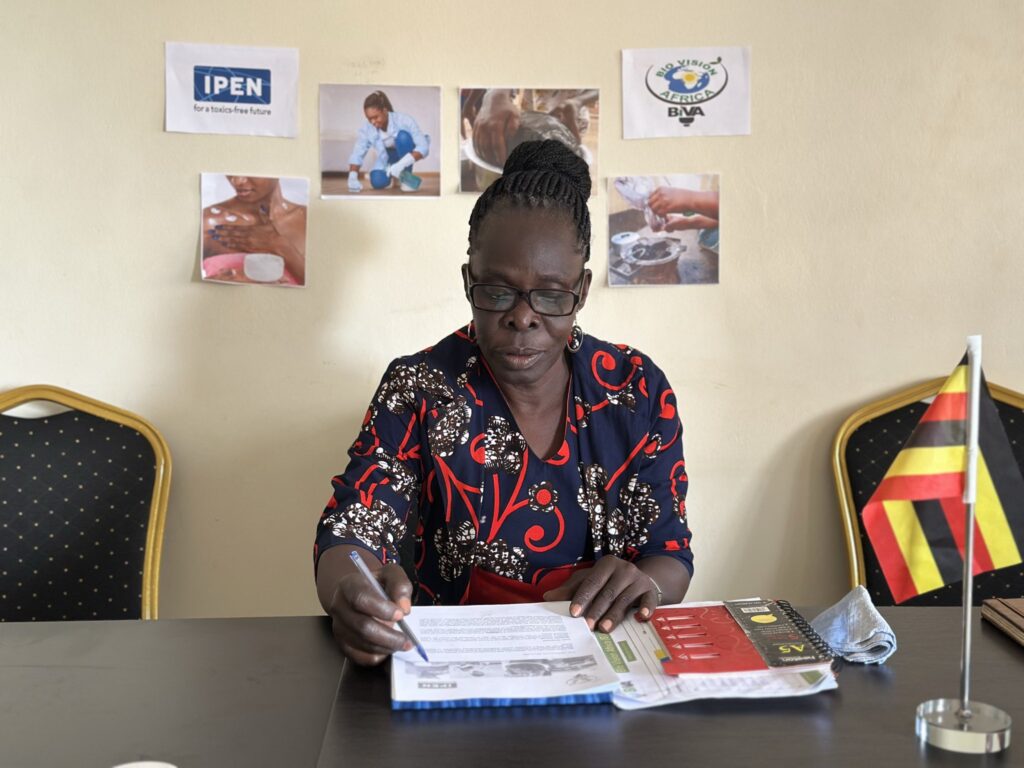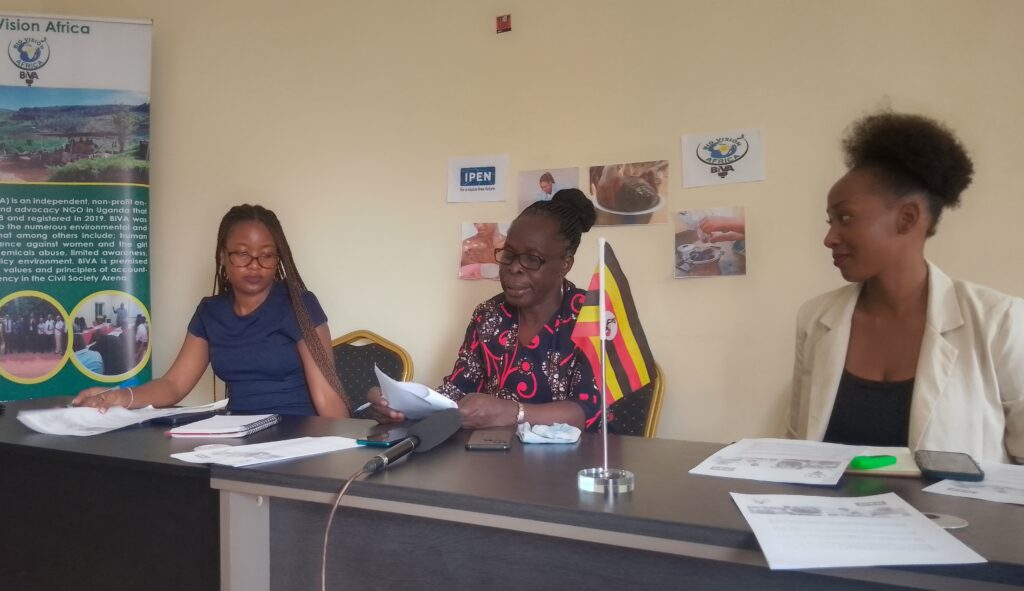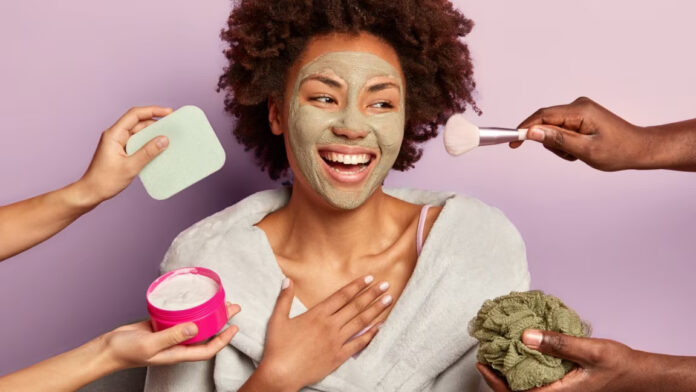When 34-year-old Joan Nabirye reaches for her favourite lotion every morning, she rarely thinks about what it’s made of. Like many Ugandan women, her daily routine includes a mix of shampoos, soaps, perfumes, nail polish, and hair treatments — the very products that make her feel beautiful and confident. Yet behind their pleasant scents and glossy labels lies a hidden danger that scientists and environmental advocates are now sounding the alarm about: chemicals that disrupt the body’s natural hormones.
These substances — known as Endocrine-Disrupting Chemicals (EDCs) — are found in thousands of consumer products used every day. They are part of what keeps plastics soft, perfumes long-lasting, and lotions silky smooth. But according to experts, their widespread use has created a silent health crisis, especially for women.
This week, Bio Vision Africa (BIVA), in collaboration with the International Pollutants Elimination Network (IPEN), launched a national campaign under the IPEN Women’s Global Communication Initiative to raise awareness about the dangers of these chemicals and to push for stronger policies to protect women and communities in Uganda. The campaign will run through to end of December.
A Hidden Menace in Everyday Life
“These chemicals, commonly known as phthalates, are everywhere,” explains Betty Obbo, BIVA’s Program Officer for Gender and Extractives. “They are in personal care products like cosmetics, lotions, shampoos, soaps, and perfumes — but also in everyday materials like paint, adhesives, and plastic packaging.”

Their chemical properties make them valuable to manufacturers — softening plastics, increasing durability, and improving texture. But their ability to mimic or block hormones in the human body is what makes them dangerous. Scientific evidence links exposure to these chemicals with reproductive disorders, reduced fertility, cervical cancer, premature births, and developmental problems in children.
And for women, the risk is much higher
“Women are the primary users of cosmetics and personal care products,” says Esther Kamese, BIVA’s Program Officer for Youth, Food Systems, Biodiversity and Climate Change. “Frequent and prolonged exposure increases their vulnerability. Urban women, in particular, are using more of these products as lifestyles change — yet few know what they are really exposing themselves to.”
Everyday Practices, Everyday Risks
Beyond cosmetics, women in Uganda face another layer of exposure through household practices that seem harmless but are actually toxic.
Kamese points to the widespread use of plastics and polythene bags (kaveera) to light charcoal stoves, prepare, or serve food — practices that release harmful substances into the air and food.
“These are things we do daily without realizing the consequences,” she says. “When plastics burn, they release chemicals that can cause long-term health problems. Women and children, who spend the most time around cooking spaces, bear the greatest risk.”
For many households, these habits are driven by convenience and lack of awareness rather than negligence. “We can’t blame women for trying to make ends meet or find affordable solutions,” Obbo adds. “That’s why education and advocacy are so critical.”
A Call for Stronger Protection
BIVA’s campaign aims not just to raise awareness, but also to push for policy change. The organization is calling on the Ugandan government to phase out toxic chemicals, close regulatory loopholes, and align national standards with international chemical management frameworks such as the Stockholm Convention, the Minamata Convention, and the Strategic Approach to International Chemicals Management (SAICM).

“These global agreements give countries a roadmap for managing hazardous substances safely,” says Obbo. “Uganda must act now to strengthen its laws, protect women, and ensure that industries prioritize safer alternatives.”
Empowering Women Through Knowledge
The campaign’s approach is rooted in community empowerment. Through workshops, media engagement, and partnerships with women’s organizations, BIVA hopes to give women the tools to make informed choices about the products they use — and to demand safer options from producers and policymakers alike.
“Protecting women from endocrine-disrupting chemicals is not just a women’s issue,” Kamese emphasizes. “It’s about protecting families, communities, and future generations. When women are informed, they become powerful advocates for change.”
As the campaign unfolds, women like Joan may begin to see their daily beauty routines in a new light. Awareness, advocates say, is the first step toward transformation — a move from unknowing exposure to empowered action. Because every woman deserves to live beautifully — and safely.



